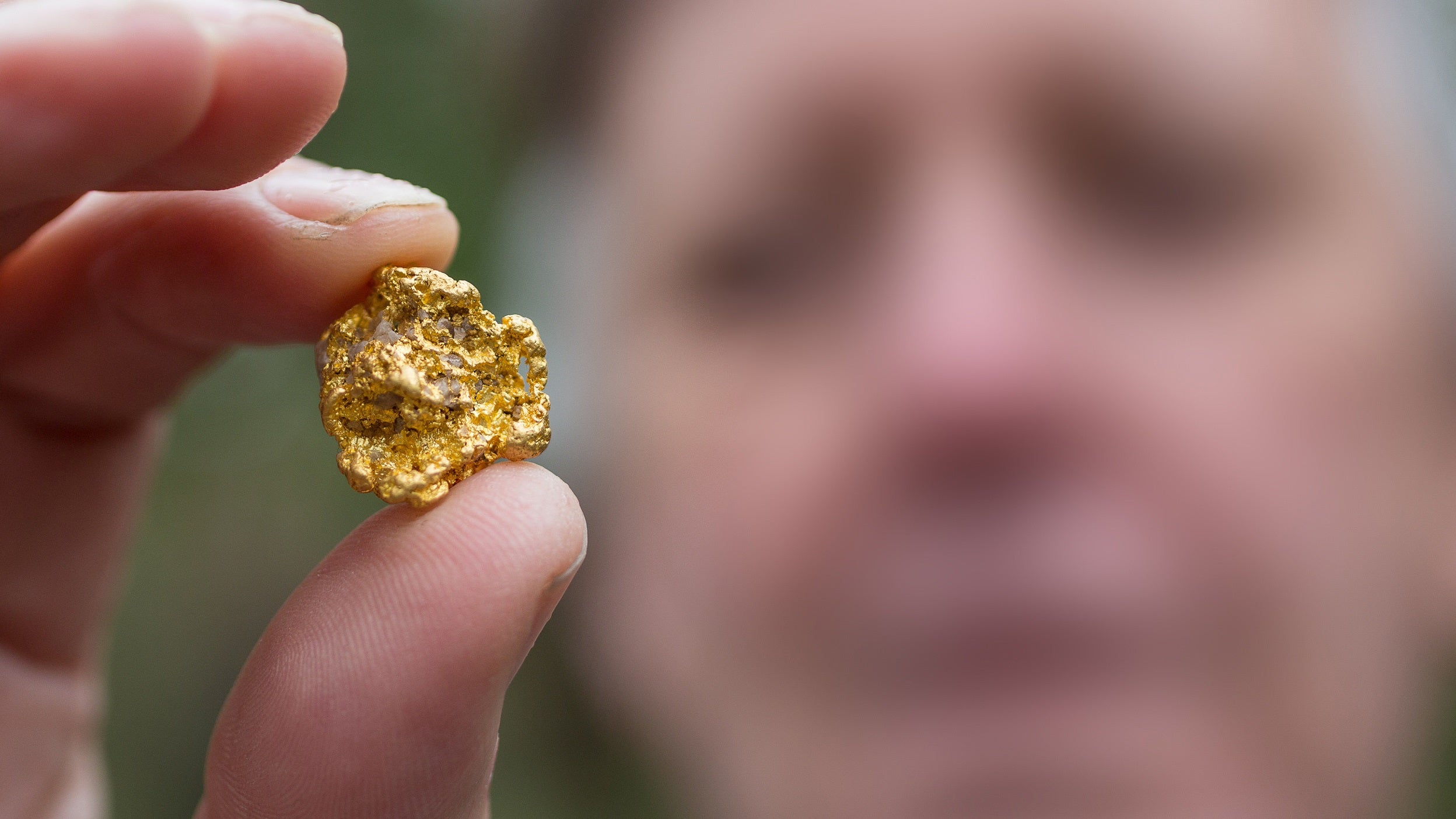Gold’s supply and demand in Q2 2021

In the first part of our Q2 Gold Report, we highlighted that the gold price was 3.7% higher at the end of June 2021 versus the end of Q11 and discussed some of the key macro factors that contributed to this performance. In this second part of the Gold Report, we explore the various sources of supply and demand to further explain recent movements in the gold price.
Source: World Gold Council, showing gold demand per market segment in Q2 2021.
Total gold demand was 1.3% higher in the second quarter of 2021 versus the previous quarter, leaving it up 6.2% on a year-on-year basis, as demand increased by 1,816.5 tonnes. ETFs boosted demand with their first quarter of net inflows since last summer. Central banks in emerging markets continued to be notable purchasers.
Higher gold prices were a deterrent to the largest sector, jewellery, with demand there falling 92.3 tonnes, while retail investment (physical gold bars and coins) was also lower at 243.8 tonnes, a 30.5% quarter-on-quarter drop. Technology demand was broadly unchanged at 80 tonnes.
Source: World Gold Council, as at 30 June 2021.
Jewellery demand was significantly lower in Q2, falling -19.1% quarter-on-quarter to 390.7 tonnes. Year-on-year, the 59.8% increase in demand was distorted by base effects from the start of the pandemic last year. Looking outside of the pandemic and accounting for the seasonality element for jewellery demand, Q2 demand was 24.9% lower compared to the average Q2 demand since 2013. The higher price of gold is a key cause of this, although the impact of pandemic restrictions lingers.
Source: World Gold Council, as at 30 June 2021.
Central banks in aggregate purchased 199.9 tonnes of gold in Q2, adding to the 133.3 tonnes purchased in the first quarter (revised up from the initial estimate of 95.5 tonnes). Emerging markets were the significant purchasers over the first half of the year, with Bank of Thailand purchasing 90 tonnes in April and May alone, increasing its holdings by 60%. Hungary and Brazil have also been notable purchasers this year as both central banks look to diversify their reserves.
Source: Bloomberg, as at 30 June 2021.
For the first quarter since the gold price reached its all-time high in Q3 2020, net flows into gold ETFs were positive. Although April was the third-straight month of outflows, flows then turned positive with May the strongest month for gold ETFs globally since September last year.
Source: Bloomberg and World Gold Council, as at 30 June 2021.
From a regional perspective, gold ETFs in North America saw inflows in May for the first time in six months as the US April inflation report showed headline CPI had jumped above 4%. Inflows continued in June and, overall, there were inflows of 16.6 tonnes for the quarter. Conversely, the higher gold price was a profit-taking trigger for European investors in June, but overall European gold ETFs had a strong quarter, with net inflows of 27.2 tonnes. Asia and Other Markets again had net outflows for the quarter, -1.6 tonnes and -1.5 tonnes respectively, despite Asia seeing net inflows in June.
Source: World Gold Council, as at 30 June 2021.
Gold supply in Q2 rebounded to 1,171.7 tonnes, an increase of 3.1% from the previous quarter, but was still behind the recent high of 1,276.7 tonnes seen in Q3 2020. Although mined supply recovered to equivalent levels at the end of 2020, recycled gold supply has stalled despite the lure of higher prices. The daily gold price average $1,822 over the quarter, on historic data, would suggest a recycled supply of well above 300 tonnes rather than the 276.6 tonnes that was delivered. Producer hedging detracted 28.9 tonnes in the quarter as producers chose the risk of taking the spot price.
Footnotes
-
1 Source: Bloomberg, LBMA Gold Price, in USD, for the period 31 March to 30 June 2021. Past performance is not a reliable indicator of future returns.
Investment risks
-
Investment strategies involve numerous risks. Investors should note that the price of your investment may go down as well as up. As a result, you may not get back the amount of capital you invest.
Important information
-
By accepting this material, you consent to communicate with us in English, unless you inform us otherwise.
This document is marketing material and is not intended as a recommendation to invest in any particular asset class, security or strategy. Regulatory requirements that require impartiality of investment/ investment strategy recommendations are therefore not applicable nor are any prohibitions to trade before publication. The information provided is for illustrative purposes only, it should not be relied upon as recommendations to buy or sell securities.
In Israel, this document may not be reproduced or used for any other purpose, nor be furnished to any other person other than those to whom copies have been sent. Nothing in this document should be considered investment advice or investment marketing as defined in the Regulation of Investment Advice, Investment Marketing and Portfolio Management Law, 1995 (“the Investment Advice Law”). Investors are encouraged to seek competent investment advice from a locally licensed investment advisor prior to making any investment. Neither Invesco Ltd nor its subsidiaries are licensed under the Investment Advice Law, nor does it carry the insurance as required of a licensee thereunder.
Where individuals or the business have expressed opinions, they are based on current market conditions, they may differ from those of other investment professionals and are subject to change without notice.

